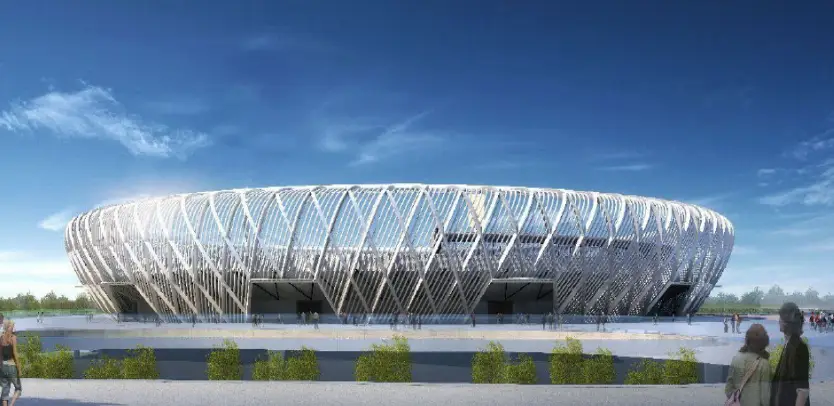The lighting requirements for basketball courts are critical for ensuring optimal visibility, player performance, and energy efficiency. Based on the provided literature, the following key aspects should be considered:
1. Illuminance and Uniformity
Adequate illuminance (measured in lux) and uniformity are essential for player safety and accurate visual perception. Simulations comparing metal-halide lamps, white LEDs, and hybrid systems (combining sunlight and LEDs) revealed that hybrid designs achieve superior illuminance and uniformity while reducing energy consumption by up to 70% compared to traditional lighting systems. Uniform lighting minimizes shadows and ensures consistent visibility across the court.
2. Glare Control
Glare from lighting fixtures can impair player performance and comfort. While not directly studied in basketball contexts, research on sodium lamps for tennis courts demonstrated that low-intensity light sources reduce glare and improve object discrimination speed. This principle likely applies to basketball courts, suggesting the use of fixtures with optimized luminous intensity distribution to minimize glare.
3. Energy Efficiency and Technology
LED lighting is a dominant solution due to its energy efficiency and adaptability. For example, hybrid LED light systems significantly lower energy consumption while maintaining high lumen output. Advanced controls, such as occupancy sensors and automated dimming (as tested in office environments), could further enhance energy savings by adjusting lighting based on real-time court usage.
4. Integration of Smart Systems
Emerging technologies, such as infrared thermal imaging and IoT sensors, are being used to monitor athlete performance and environmental conditions. While these systems primarily focus on biomechanics, their integration with lighting controls could enable dynamic adjustments based on activity levels or ambient light conditions.
5. Safety and Maintenance
Lighting systems should comply with safety standards to prevent electrical hazards. Although not explicitly addressed in basketball-specific studies, energy-efficient LED systems generally require less maintenance and have longer lifespans than metal-halide lamps, reducing operational costs.
Recommendations
Prioritize LED or hybrid lighting systems for energy efficiency and performance.
Use diffused lighting fixtures to minimize glare and ensure uniform light distribution.
Implement smart controls (e.g., motion sensors) to optimize energy use during low-activity periods.
Regularly evaluate illuminance and uniformity using optical simulations or on-site measurements.
For detailed technical specifications, refer to industry standards such as the Illuminating Engineering Society (IES) guidelines, which provide tailored recommendations for sports lighting design.
